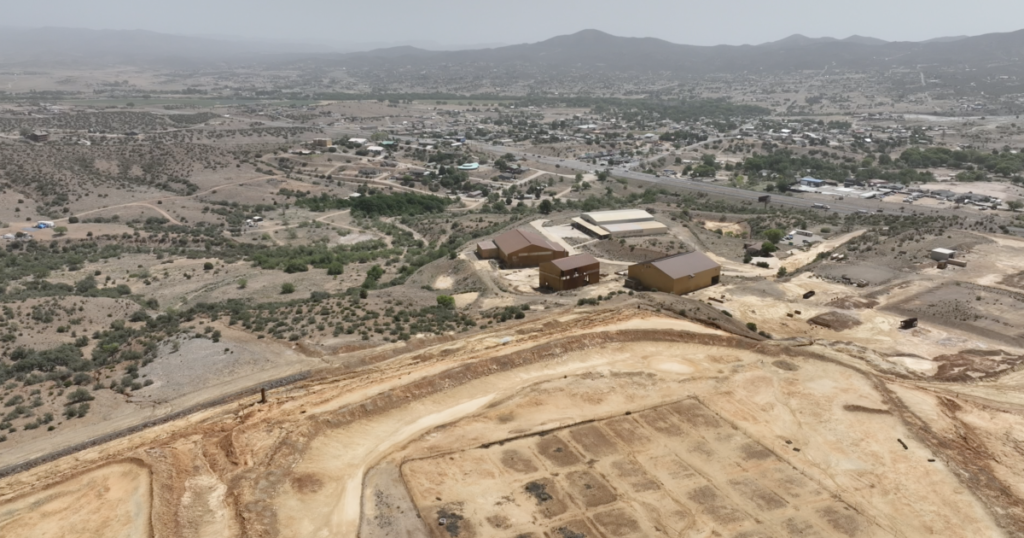DEWEY HUMBOLDT, Ariz. — For decades, people living in Dewey Humboldt have lived with the possibility of toxic contamination in their yards and water.
The former Iron King Mine and Humboldt Smelter operated from the late 1800s through the 50s and 60s.
These operations left behind high concentrations of dangerous heavy metals, including arsenic and lead, which can have serious effects on people's health.
The Environmental Protection Agency (EPA) designated the former Iron King Mine and Humboldt Smelter as Superfund sites in 2008.
“During the decades of mine and smelter operation, pollutants and metals were blown into the air and deposited in people's yards from smokestacks,” said EPA remediation project manager Anne Lawrence.
Lawrence said the EPA also tested groundwater.
“If there are impacts from mining, they tend to occur near the mines and smelters. There are certain levels of arsenic in the water,” Lawrence said.
The EPA tested and cleaned up dozens of contaminated properties in 2017 and is doing so again this year with the goal of testing 305 properties and cleaning up those with high levels of heavy metals.
As of Thursday, Lawrence's team had taken samples at 86 properties, but only half of the requested properties had allowed the EPA access to take samples, she said.
“We're grateful to them because we can't do any work without permission from the landowners,” Lawrence said. “The purpose of the sampling is to develop a cleanup plan for each property.”
Bruce Alan Woodhall can see the smelter's contaminated waste from his front porch. Part of his property was cleaned up years ago but is now being retested.
“How did we get to this point?” Woodhall asked. “How did we get close to the 20-year limit? What was the 20 years of EPA Superfund money, the 40 million dollars or whatever it was spent on?”
The EPA said it installed a temporary spray mortar “Posishell” over the smelter site in 2019.
Still, Woodhall is concerned about what she saw carried by the wind.
“I saw a big dust storm go through there, hit the tailings pile, create a little orange tornado and then make a sharp left turn and head up that hillside,” Woodhall said.
As the cleanup of residential areas continues, the EPA is finalizing preliminary designs to clean up the former mine and smelter sites and move both into permanent containment areas while controlling dust and water contaminated during the process.
“We know it's taken some time,” said Michelle Rogow, EPA Arizona Superfund Sites Program Manager. “We're now at a critical juncture, and we're here to gather additional information about the residential property to move this cleanup effort forward.”
The project is currently estimated to cost well over $100 million.
ABC15 heard from more than a dozen residents who shared health concerns, housing issues and frustration over waiting nearly 20 years for the cleanup to be completed.
ABC has heard them and will be sharing their stories in the coming days.
The EPA has launched a website with more information about home remediation and cleanup efforts at large Superfund sites. Online here.







